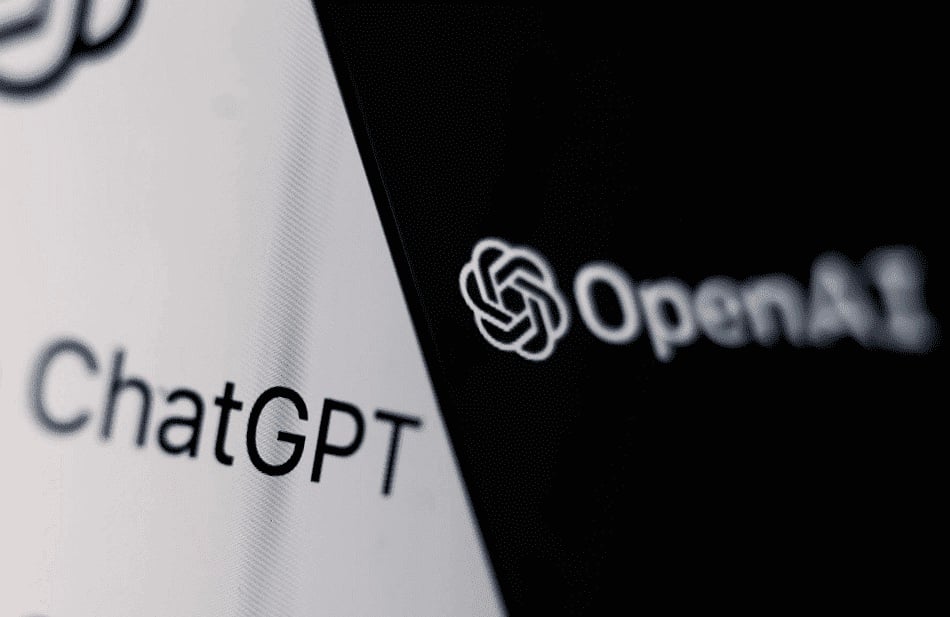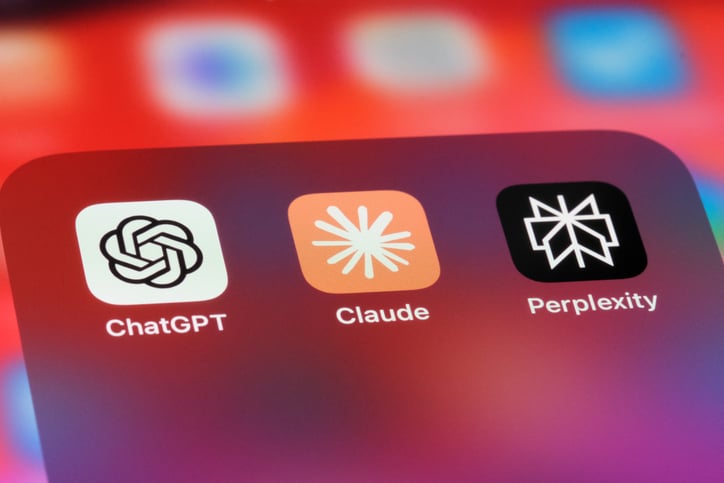
The SDK vs API debate is often a confusing one because of the way terms are loosely used in IT parlance. In truth, on SDK is very different from an API, although the former needs the latter to function properly, as we’ll explain. However, once you know what is an SDK vs API, you’ll be able to better understand the way software development and third-party integrations are structured.
We live in a world of connected devices and services, where users can access data, services, and applications from any device, anywhere. In order to make this type of connected world possible, developers rely on two powerful tools: SDKs and APIs.
So, what are they, exactly? Both SDKs and APIs have their advantages and disadvantages, but it can be difficult to know which one to use for a given project. In this blog post, we’ll explore the differences between API vs SDK.
What is an API?
An API, or application programming interface, is a set of programming instructions and standards for accessing a web-based software application. APIs are used to allow applications to communicate with each other and access data in a secure manner.
For example, if you want to access data from a website, you can use an API to access the data without having to write code to access the data directly. Instead, you can use the API to make a request to the website and the website will send you the data.
APIs are also used to integrate different services and applications together. For example, if you want to add a payment gateway to your eCommerce website, you can use an API to connect the payment gateway to your website. Or, if you need to integrate a map into your application, you can use a Maps API to get the job done.
What is an SDK?
An SDK, or software development kit, is a set of tools and libraries that allow developers to create software applications. SDKs typically include tools for debugging, testing, and deploying applications.
SDKs are typically used to create applications for a specific platform, such as Windows, Android, or iOS. For example, if you want to create a Windows application, you can use the Windows SDK to create the application.
SDKs also provide developers with access to pre-built libraries and frameworks that can be used to quickly create applications. For example, if you want to create an iOS application, you can use the iOS SDK to access the Cocoa Touch framework, which provides a set of pre-built components and libraries that can be used to create applications quickly.
What’s the difference between an SDK and an API?
Now that we’ve explored the SDK API relationship, let’s look at what is an SDK vs API
The most obvious difference is that APIs are used to access data, while SDKs are used to create applications. APIs are used to request data from a web service, while SDKs are used to create applications that can access the data. Typically, you’ll find at least one API associated with a particular SDK; this is needed so the application can “talk” to other applications and libraries to fetch the required data.
Another difference is that SDKs come with a set of tools and libraries, while APIs do not. However, APIs do come with extensive documentation so developers know how to use it to integrate new functionalities into their own applications. SDKs provide developers with access to pre-built libraries and frameworks that can be used to quickly create applications. APIs, on the other hand, are merely sets of instructions on how to integrate various third-party services with your own web or mobile app.
The last major difference is that SDKs are typically used to create applications for a specific platform, while APIs can be used to access data from any platform. For example, if you want to create an iOS application, you can use the iOS SDK to create the application, while if you want to access data from an eCommerce website, you can use an API to access the data.
Developer-friendly API & SDK for Video, Voice, and Chat
introducing ZEGOCLOUD, an emerging force in the world of SDKs and APIs. In fact, the platform goes beyond just providing devkits and APIs for chat, voice, and video; it also offers a full range of UI Kits so developers don’t have to re-create the front-end interface from scratch. The platform also includes sample apps and various other resources that dramatically cuts your go-to-market time with superior voice, chat, and video capabilities.
Key Features of ZEGOCLOUD
- Low latency with high availability (uptime guarantee)
- Supports 4K video calling
- Multi-platform support for desktop and mobile environments
- Fair and transparent pricing based on what you use
- Industry-focused solutions for e-commerce, telehealth, fitness, social media, education, etc.
- Robust support tools for cloud recording, avatar creation, AI effects, live streaming and so on
- Analytics Dashboard keeps data at your fingertips
- Super Board allows multi-user collaboration on a virtual whiteboard
pricing
ZEGOCLOUD offers flexible and transparent pricing that puts control back into your hands. Stop paying for what you don’t need, and start paying only for what you and your participant users actually use on a per-minute basis. A quick look at the pricing for various products:
In-app Chat – Free for up to 100 monthly active users
Voice calls – $0.99/1000 minutes
Video calls – $3.99/1000 minutes
Cloud Recording – $0.59/1000 minutes
Super Board (Online Whiteboard) – $1.99/1000 minutes
Live streaming – $0.39/1000 minutes
In Conclusion
We’ve nailed the API vs SDK question, we hope. Moving forward, it’s a good idea to fully investigate any API SDK platform you intend to use now or in the future. Make sure it provides the necessary security components, the tools and libraries you need for a specific OS environment, authentication, and other factors. ZEGOCLOUD comes highly recommended not only because it is more affordable than many others.
You may be interested in: What Are API Integrations? Everything You Need to Know





